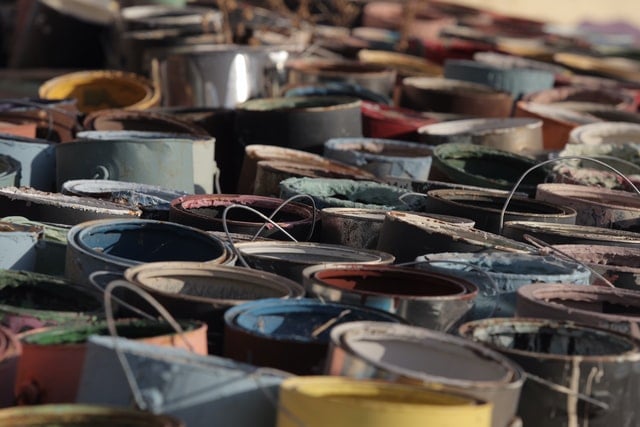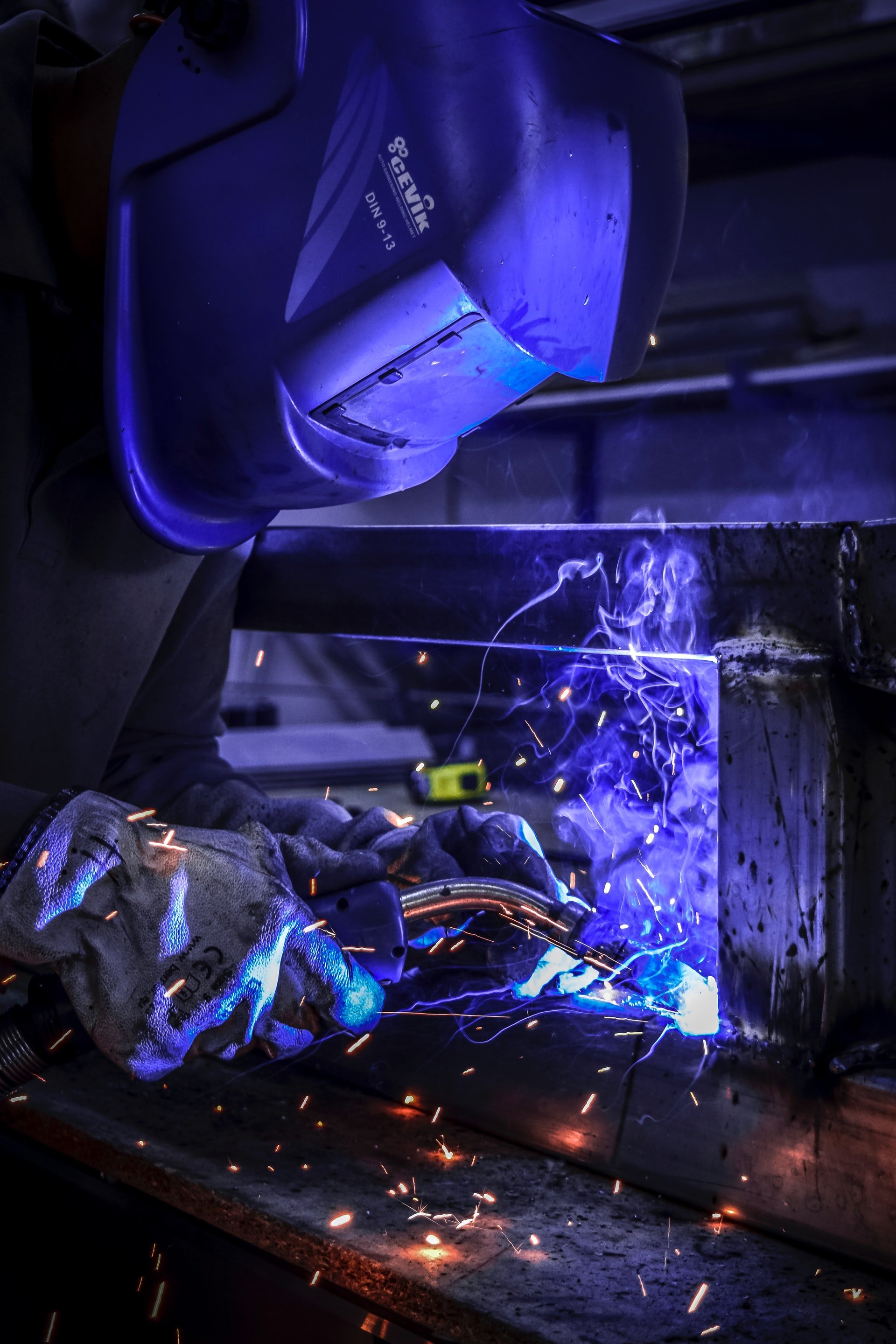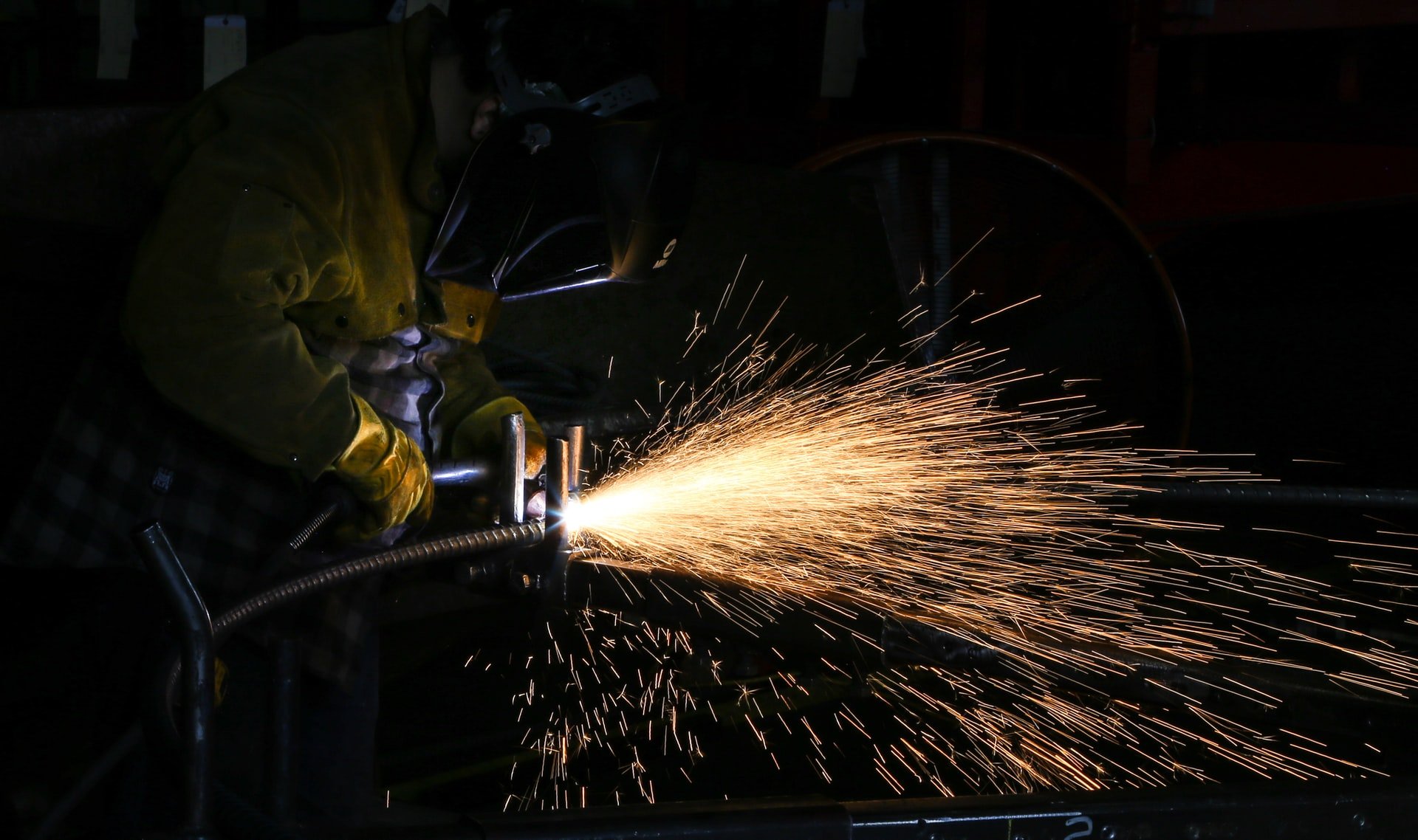
The quick answer is yes – for the foreseeable future at least, and beyond this for companies trading with the EU. The main regulatory regime affecting the fabrication and assembly of steel structures is the Construction Products Regulation (CPR), a piece of European Union (EU) legislation that was incorporated into UK law in July 2014. The CPR gave manufacturers, distributors and importers of fabricated structural steelwork products the responsibility to ensure that all such products are designed and manufactured according to BS EN 1090 – a British standard that is very unlikely to change as a result of Brexit.
BS EN 1090
BS EN 1090 is a five-part standard, but part one, ‘Requirements for Conformity Assessment of Structural Components’, specifically deals with the Conformité Européenne (CE) marking of steel products. CE marking is mandatory on fabricated structural steelwork products, including steel beams, joists, hollow sections, bolts and even welding consumables, such as flux and filler metals.
CE Marking
CE marking demonstrates that a steelwork product is manufactured to the appropriate standard – in terms of toughness, fatigue performance and so on – and, as such, can be freely sold within the EU. Consequently, CE marking is an important consideration for anyone manufacturing, selling or buying structural metalwork components or kits within the EU, as it is for metal processors, civil and construction engineers and quality control inspectors.
Part two of BS EN 1090, entitled ‘Technical Requirements for the Execution of Steel Structures’, specifies the technical requirements for the manufacture of steel components and, as such, supports the application of part one of the standard. In other words, compliance with both BS EN 1090-1 and BS EN 1090-2 is required for a CE mark to be applied to a steel product.
After Brexit
The CPR will remain part of UK law on the day of exit. No change to the regulatory environment will occur and all existing European standards for steel fabrication will continue to apply in the UK. The use of the CE mark itself may no longer be mandatory for metalwork used solely within the UK, and it may be replaced by an alternative symbol. However, the standards it represents will continue to apply.
Depending on the nature of Brexit, the UK may adopt certain new or revised European standards, or develop British standards which deviate from the EU. However, for most steel sectors, particularly those with a high proportion of European sales, continued use of harmonised European standards is highly recommended.
Where We Stand
At GLW we will apply CPR standards and the CE mark to all our steelwork, until such time as the UK regulatory framework changes. After this time, we will continue to offer EU-compliant standards and CE marking on request. If you’re concerned about Brexit and would like to know more, please get in touch today. We’ve got you covered.
Image source: GLW Engineering













